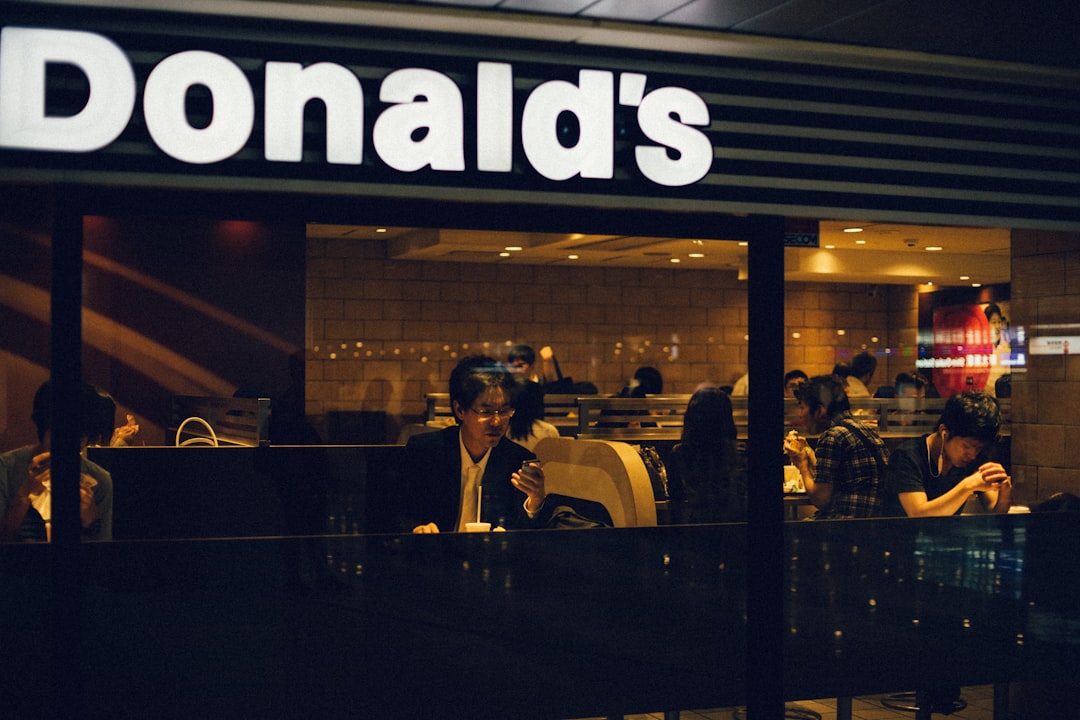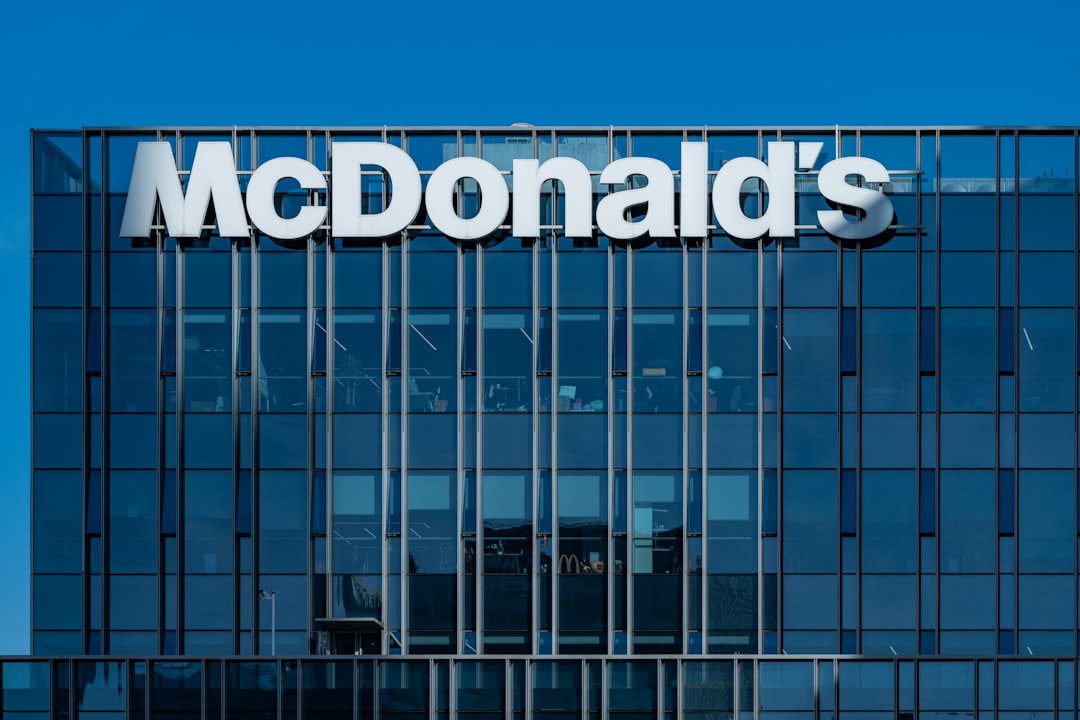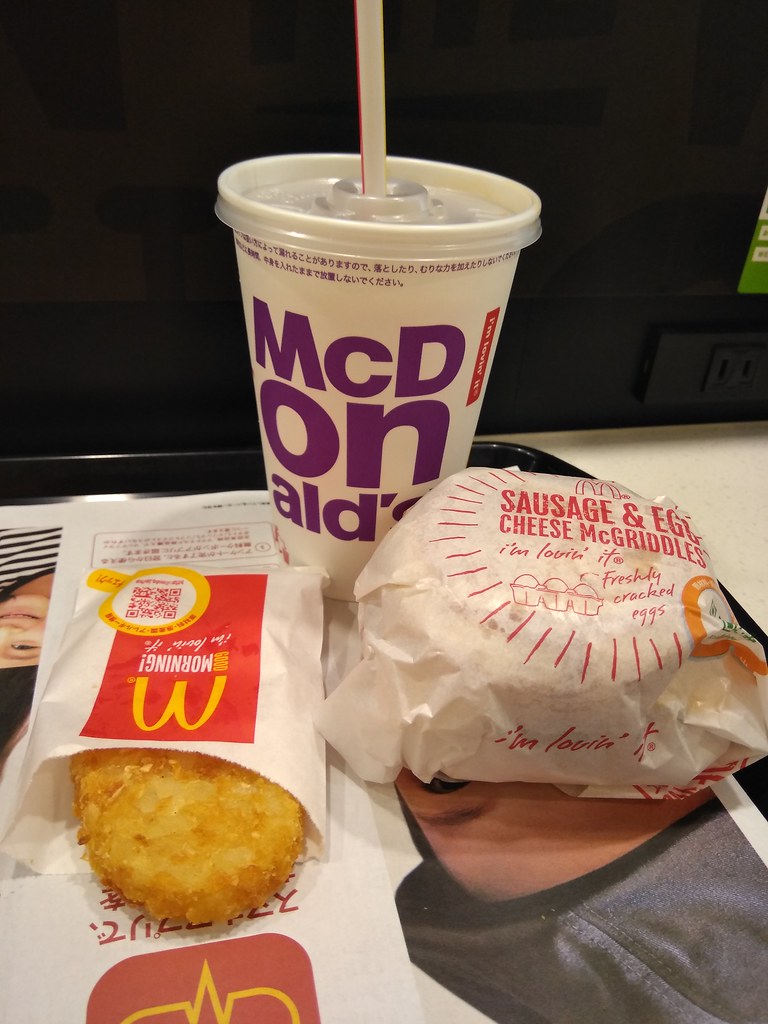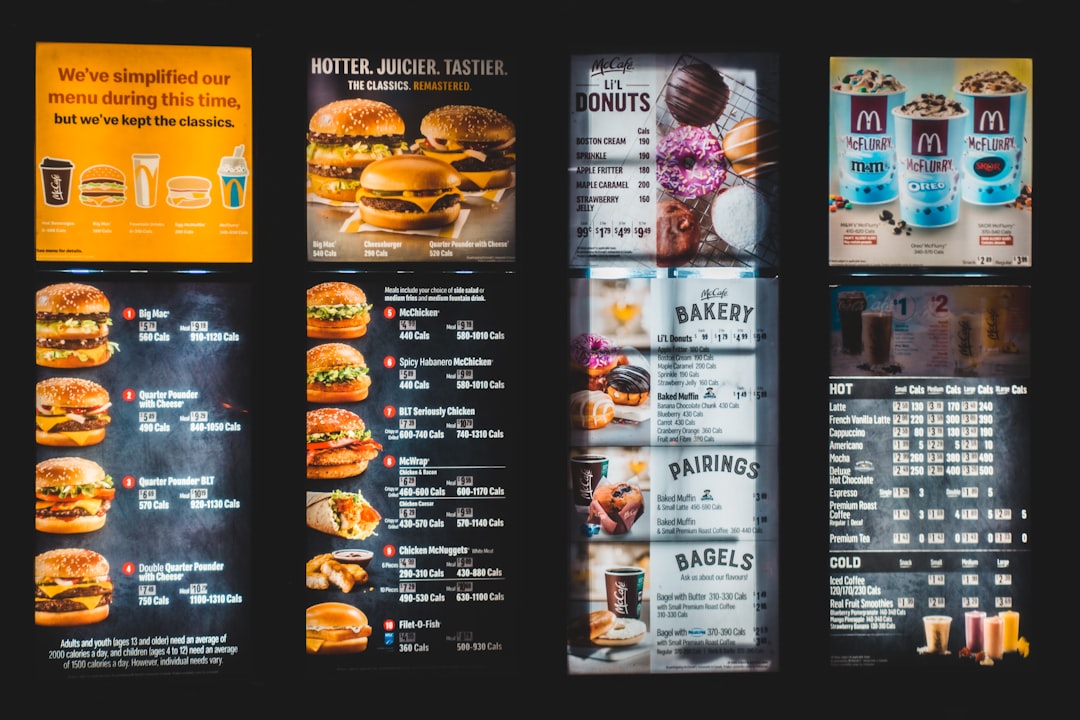The Golden Arches Admits Pricing Went Too Far

Something big is happening at McDonald’s. CEO Chris Kempczinski recently admitted the menu has gotten too expensive. Think about that for a moment – when was the last time you heard a major fast-food CEO publicly acknowledge their prices might be driving customers away? That’s exactly what happened when value-minded consumers are “too often” seeing combination meals that cost more than $10 and that is “shaping value perceptions in a negative way,” Kempczinski admitted.
The average price of its menu items rose 40% between 2019 and 2024, McDonald’s said, to account for a 40% increase in the cost of labor, packaging and food. But here’s where things get interesting. In 2023, an $18 Big Mac combo meal went viral, sparking a debate that the chain has drifted from its affordability roots. That single viral moment became a wake-up call for the brand.
The $5 Meal Deal Proves Discounts Work

Last summer, McDonald’s tested the waters with something revolutionary – a $5 Meal Deal. But within a month, McDonald’s introduced a $5 Meal Deal, which combined a McDouble burger or a McChicken sandwich with small fries and a small drink. That deal proved so popular it was extended through this summer. The results were eye-opening.
A new study reveals that McDonald’s summertime $5 Meal Deal accounted for 9% of the company’s total revenue dollars in Q3 and Q4, suggesting that the limited-time promotion was a success for the brand. Even more telling is what happened to customer behavior. In the weeks after June 25, around 25% of McDonald’s patrons ordered the $5 Meal Deal, while roughly 10% of Burger King patrons did the same in the weeks after the chain’s June 10 $5 promotion. McDonald’s simply outperformed the competition when it came to value messaging.
The Great Franchise Negotiation

Making price changes across McDonald’s isn’t as simple as flipping a switch. Most locations are franchisee-owned, which means corporate had to convince thousands of independent owners to cut their prices. After weeks of discussions, McDonald’s and its U.S. franchisees agreed to keep the cost of eight popular combo meals 15% lower than if the items were bought separately, according to company materials seen by The Wall Street Journal. The company promised to provide financial support if the franchisees agreed to the change, people familiar with the matter told the Journal.
This financial support was crucial. But in order to curb this practice and make the selected menu items affordable, McDonald’s has agreed to subsidize any franchise that loses money as a result of the price drop. Essentially, McDonald’s corporate put its money where its mouth was to make this discount strategy happen nationwide.
Extra Value Meals Make Their Comeback

Starting Sept. 8, McDonald’s will offer Extra Value Meals, which combine select entrées like a Big Mac, an Egg McMuffin or a McCrispy sandwich with medium fries or hash browns and a drink. Prices will vary by location, but McDonald’s said Extra Value Meals will cost 15% less than ordering each of those items separately.
The rollout includes some specific deals that grabbed attention immediately. To kick off the promotion, McDonald’s will offer an $8 Big Mac meal or a $5 Sausage McMuffin meal for a limited time in most of the country. Customers in California, Alaska, Hawaii and Guam will have to pay $1 more for those meals. The plan is to keep discounts in place through at least the beginning of 2026, showing this isn’t just a temporary marketing stunt.
The Menu Board Psychology

McDonald’s discovered something crucial about customer perception. “The single biggest driver of what shapes a consumer’s overall perception of McDonald’s value is the menu board,” Kempczinski told analysts on McDonald’s earnings call. “And it’s when they drive up to the restaurant and they see the menu board, that’s what’s shaping the that’s the number one driver”.
This insight explains why McDonald’s focused so heavily on combo meal pricing rather than just promoting app deals or limited-time offers. “Today, too often, if you’re that consumer, you’re driving up to the restaurant and you’re seeing combo meals priced over $10,” Kempczinski said during a conference call with investors in August. The first impression at the drive-thru was costing them customers.
Looking Forward to 2026

McDonald’s isn’t treating this as a short-term fix. The plan is to keep discounts in place through at least the beginning of 2026, signaling a fundamental shift in strategy rather than a temporary promotion. McDonald’s has more deals planned for later this year, too. Starting in November, the chain will offer its Sausage, Egg and Cheese McGriddles for $5 and 10-piece Chicken McNuggets meals for $8.
BTIG analyst Peter Saleh, off franchisee checks in February, said the McValue platform, $5 Meal Deal, and app/loyalty discounts were accounting for more than a third of sales – three times the company’s historical mix and the highest Saleh could recall. He felt McDonald’s was over-indexing to value with a discount mix so much greater than the traditional average of low-teens. The company has basically restructured its entire pricing strategy around value.
McDonald’s discount era represents more than just lower prices – it’s an acknowledgment that the brand’s traditional promise of affordable, accessible food had been compromised. Whether this strategy can rebuild the customer relationships they’ve lost while maintaining profitability remains the biggest question facing the golden arches. What started as damage control from an $18 viral Big Mac has become a complete reimagining of how America’s most recognizable fast-food chain approaches pricing. The real test isn’t whether customers return – it’s whether McDonald’s can keep them coming back once the novelty of lower prices wears off.





